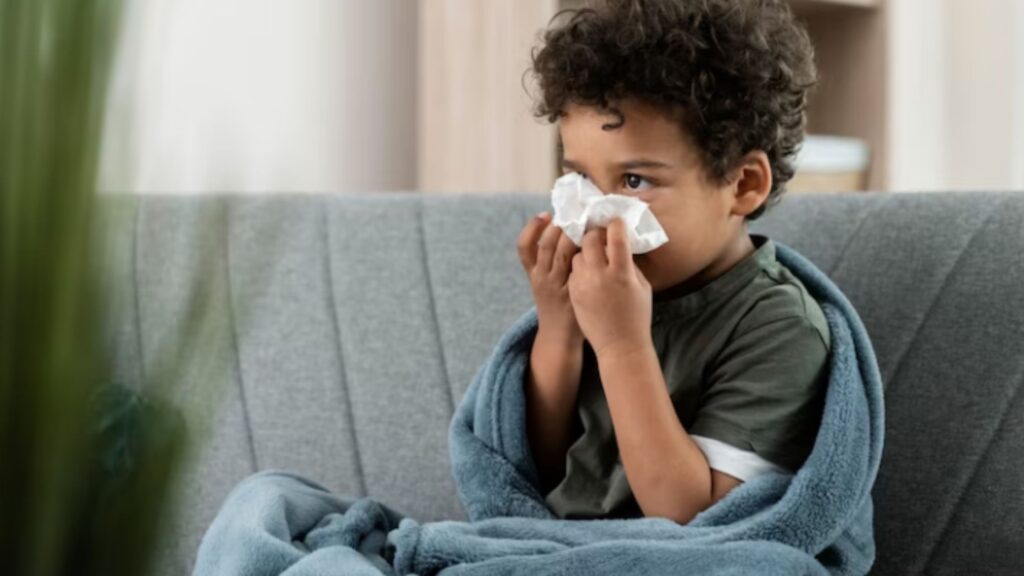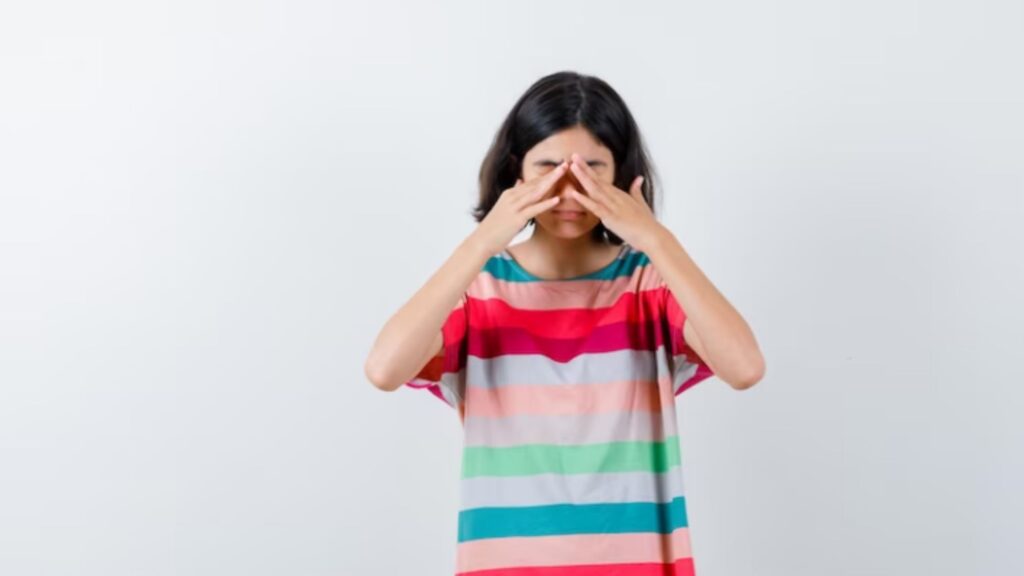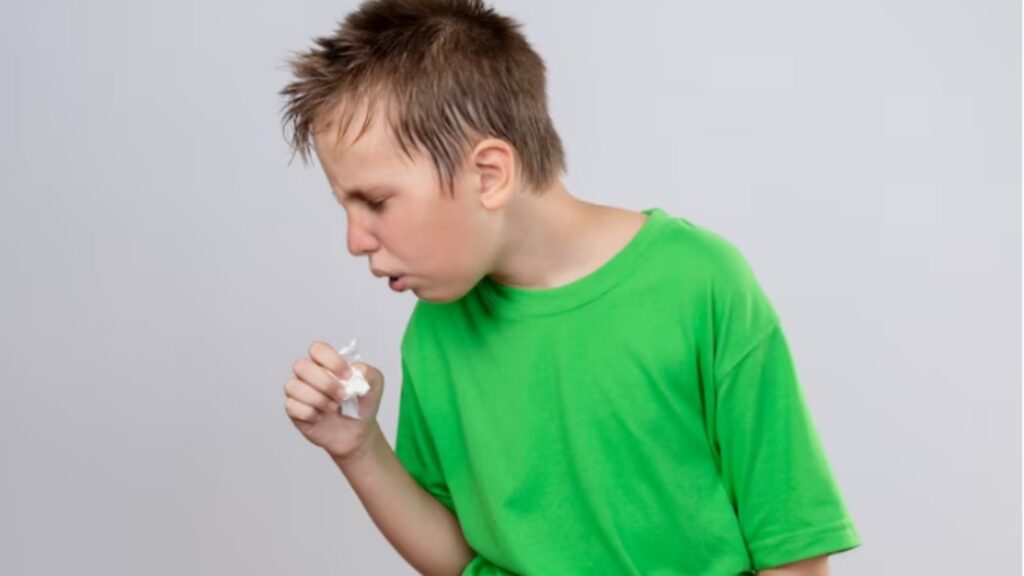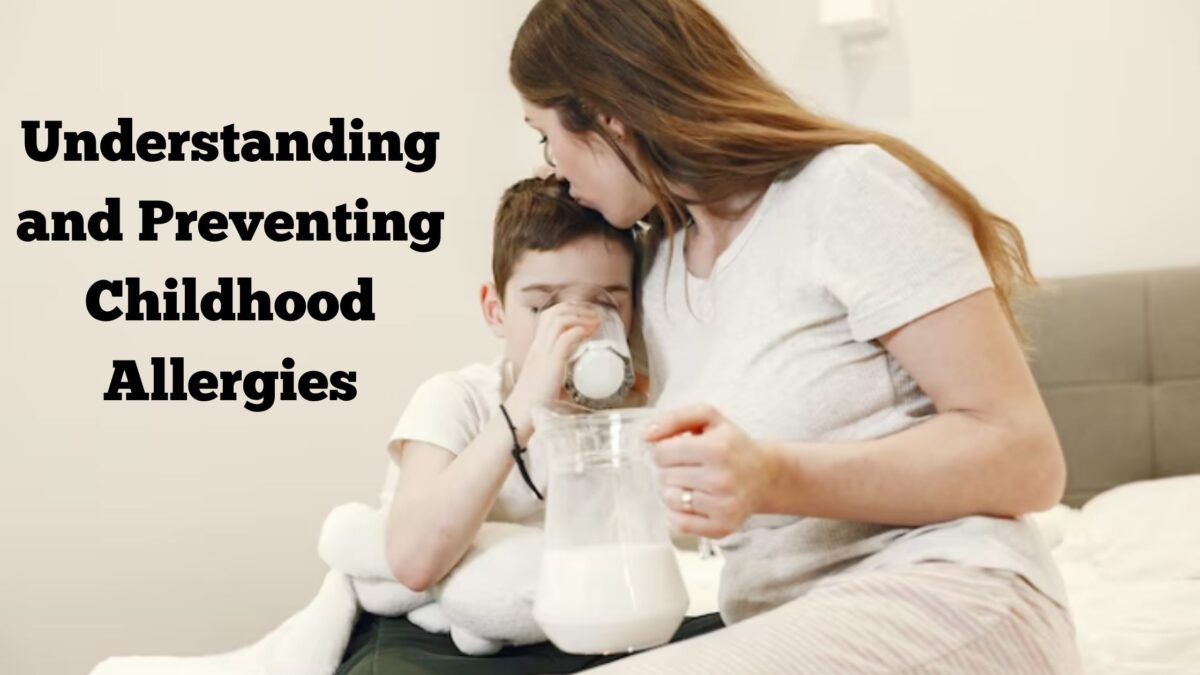Childhood allergies are a growing concern around the world. In recent years, the number of children with allergies has increased significantly, and researchers are still trying to understand why this is happening. In this blog post, we will explore what childhood allergies are, their causes, symptoms, diagnosis, treatment, and prevention strategies.
What are Childhood Allergies?

Childhood allergies are an immune response to a substance that the body perceives as harmful, even though it is not. These substances are called allergens, and they can be found in food, medications, insects, pets, and environmental factors such as pollen or dust. The immune system overreacts to these allergens and releases chemicals such as histamine, which leads to inflammation and other symptoms.
What are the Causes of Childhood Allergies?
The exact cause of childhood allergies is not known, but researchers believe that both genetics and environmental factors play a role. Children who have a family history of allergies are more likely to develop them themselves. Environmental factors, such as exposure to pollution, diet, and lifestyle choices, can also contribute to the development of allergies.
What are the Symptoms of Childhood Allergies?
The symptoms of childhood allergies can vary depending on the allergen and the severity of the reaction. Some common symptoms include:
1. Sneezing:

2. Itchy or watery eyes:

3. Nausea or vomiting:

How are Childhood Allergies Diagnosed?
To diagnose childhood allergies, a doctor will first take a medical history and perform a physical exam. They may also recommend allergy testing, which can be done through a blood test or a skin prick test. During a skin prick test, a small amount of the allergen is introduced to the skin, and the doctor will observe for a reaction. If a child tests positive for an allergen, the doctor will develop a treatment plan based on the severity of the reaction.
How are Childhood Allergies Treated?
The treatment of childhood allergies depends on the severity of the reaction. Mild allergies may only require over-the-counter antihistamines to manage symptoms. More severe allergies may require prescription medications such as corticosteroids or epinephrine, which can be administered through an auto-injector.
It is also important to avoid exposure to the allergen as much as possible. For example, if a child has a peanut allergy, they should avoid foods that contain peanuts, and parents should inform their child’s school or daycare about the allergy.
What are the Prevention Strategies for Childhood Allergies?
While it is not always possible to prevent childhood allergies, there are some strategies that parents can use to reduce their child’s risk. Some of these strategies include:
- Breastfeeding: Breastfeeding for at least six months can help reduce the risk of allergies.
- Introducing solid foods: Introducing solid foods between 4-6 months can help reduce the risk of food allergies.
- Allergen avoidance: If a child has a family history of allergies, parents can try to avoid exposure to allergens such as pets, dust, or pollen.
- Probiotics: Probiotics may help reduce the risk of allergies by promoting healthy gut bacteria.
- Avoiding smoking: Parents should avoid smoking around their child, as exposure to secondhand smoke can increase the risk of allergies.










